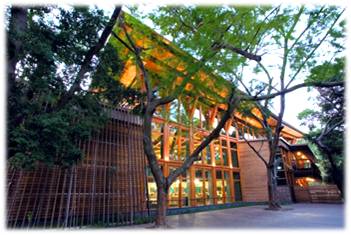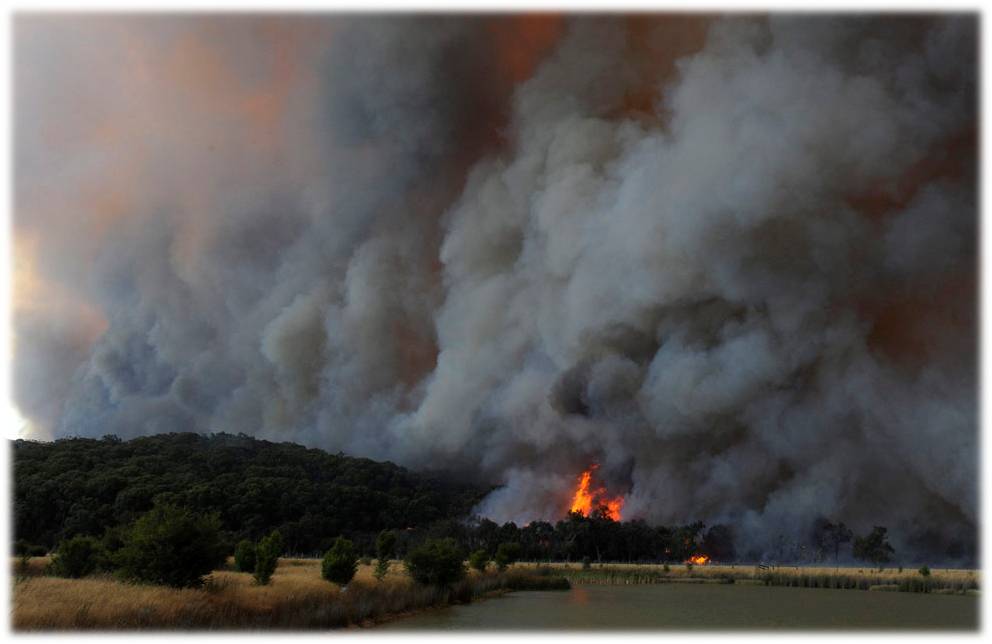[fblike]
Conserving and preserving the natural environment is a good thing, trees for example, help lower the temperature and provide shade for both pedestrians and drivers. The presence of trees are especially beneficial for tropical countries like Singapore, Malaysia, Thailand and most of the SEA countries.
However, the natural environment also has the potential to be destructive and elements of nature like trees can prove to be a threat to the safety of human communities when they are not managed, or when weather conditions change.
Sophie Howard, a 13-year-old girl was sitting on a bench under a tree in a Recreation Park when a tree branch sudden broke off and dropped onto her head. She sustained serious head injuries and died almost immediately. This incident was reported in the BBC News: ‘Sudden drop’ branch killed girl in Peterborough Park’ . It was definitely a devastating example of how elements of nature can be potential hazards, often unpredictably or unexpectedly.
“This occurs in mature broadleaf trees when a sudden downpour follows a long dry period and water being sucked through the tree causes the brittle branches to literally explode … Prior to this tragedy the propensity of this tree to the phenomenon of sudden branch drop had not been recognised.”
Closer to home, we’ve also experienced some accidents that could have been fatal. Despite the governments good intentions of a “Garden City”, trees alongside roads can be a huge hazard to both pedestrians and drivers if they fall.
Just 2 days ago, on Saturday, a tree along Upper Bukit Timah Road uprooted and fell through the roof of a pedestrian walkway before landing heavily on a car on the road. Due to the length of the tree, the fallen tree completely covered the width of the entire road, creating a road block. Fortunately, there no heavy traffic on the 2 lanes when the tree fell around noon. Had there been more cars, the consequences would be much more dire as cars would have crashed into one another due to the sudden obstacle.

{Tree falls suddenly and lands on car. © Asia One News}

{Tree falls completely through the roof of pedestrian walkway. © Asia One News}
When accidents like these happen, it brings up the question and debate of who should be responsible, and if there is negligence involved. In Singapore, trees along the roads are under the management of the Singapore Land Authority (SLA). The car owner from the Bukit Timah incident said that,
“flimsy would be an understatement” to describe the condition of the tree, and that SLA should do a better job of maintaining the condition of the trees.
It also appears that accidents like these happen quite frequently,

{Fallen tree branch crashes onto taxi, 60-year-old taxi driver sent to Singapore General Hospital (December 2011) © Channel News Asia}
Hence in the above cases we see prime examples of how there can be conflict between human communities and the natural environment. In urban areas, the natural environment needs to be conserved, and yet at the same time there are many factors to be considered in order for humans and the natural environment to co-exist safely. Sustainable urban design has to also be SAFE for the human community. Trees cannot be planted at random, their locations have to be carefully considered, and their maintenance consistent to reduce their propensity to be a hazard to humans.
Psychological Causes of Risk Mis-estimation and Failure to take Appropriate Actions
According to Ehrlick & Ornstein’s “old mind” theory, human beings ten not to notice or react to “slow motion disasters” i.e. environmental degradation that occurs gradually over long periods of time without visible changes.
Cognitive Basis for under-estimation of risks
There are so many possibilities of death, and yet our cognition is limited. There are limits to the time, energy, attention and perception that a person can devote to hazards and threats in daily life. Unless a person ignores some hazards, he or she would fall prey to the”obsessive preoccupation with risk” state that would impair any normal, productive existence (similar to effects of Obsessive Compulsive Disorder). It is therefore only logical and necessary for a person to estimate the risk of certain threats and neglect some. And in this case, the most logical way to go about eliminating attention to threats is to ignore those with relatively low probabilities.
Hence in cases like death caused by natural hazards such as falling tree branches or trees, humans tend to under-estimate or completely neglect the possibility of death caused by something so common in their natural environment.
And that brings to the table, the need for consistent maintenance and regulation of our eco-urban developments and infrastructure. Even more because sustainable and eco-friendly infrastructure and developments are necessary in this time of global environmental concern, we should also invest in psychology research of our human psyche in tandem with environmental developments, such that we do not unwittingly neglect these threats that our natural environment can pose to our safety.
Even closer to home…




















